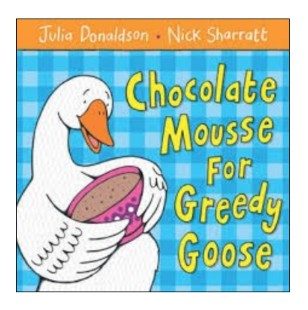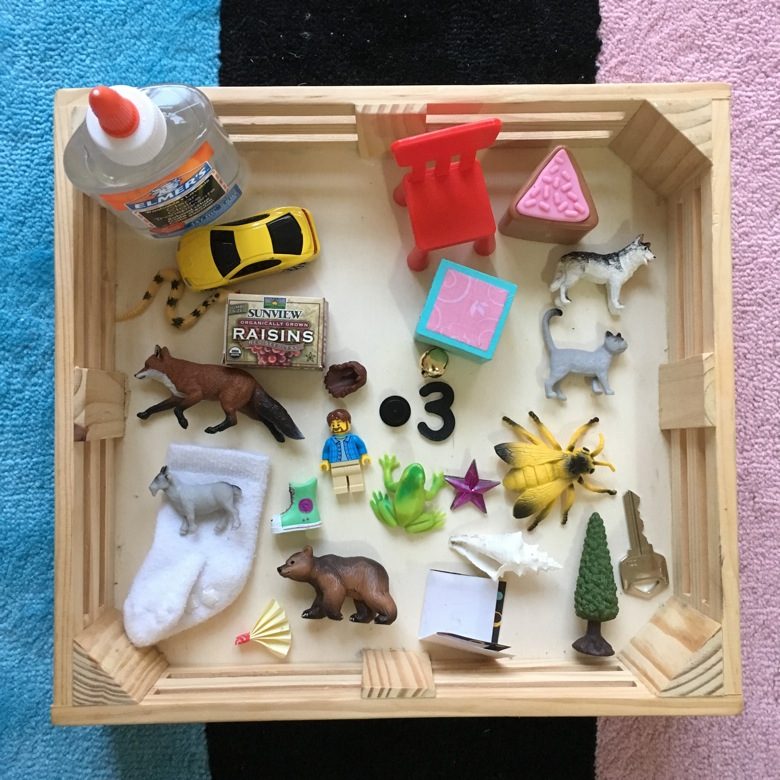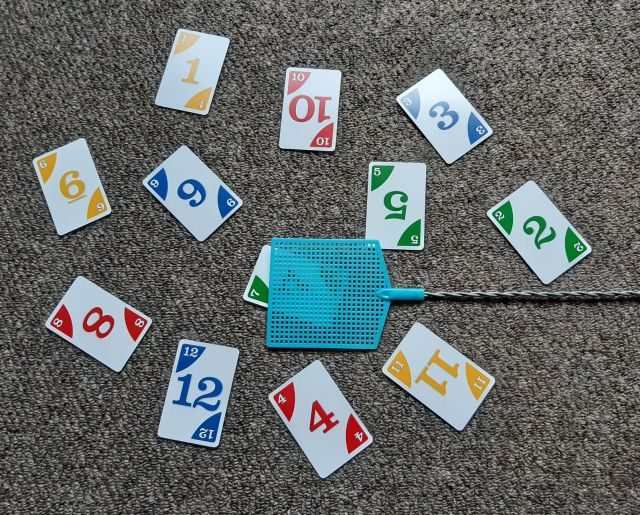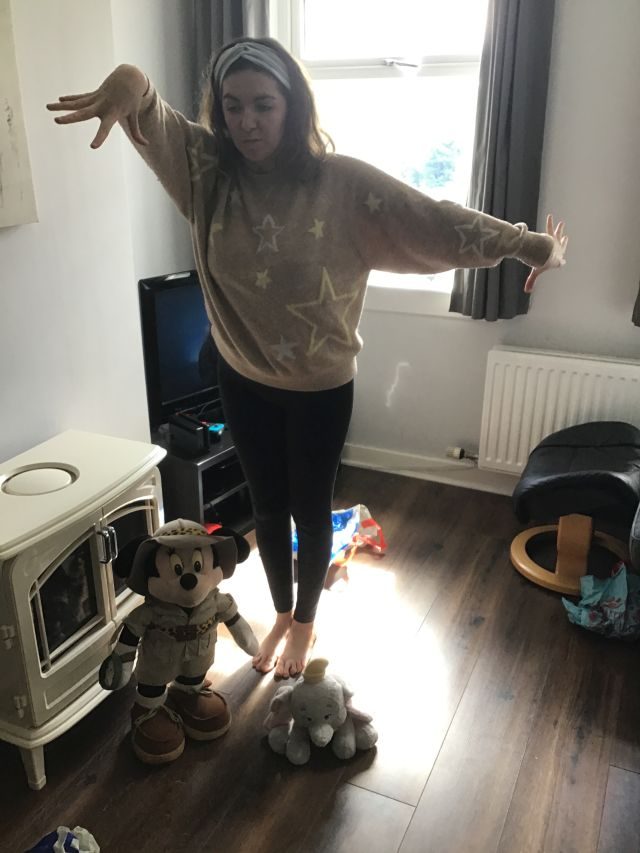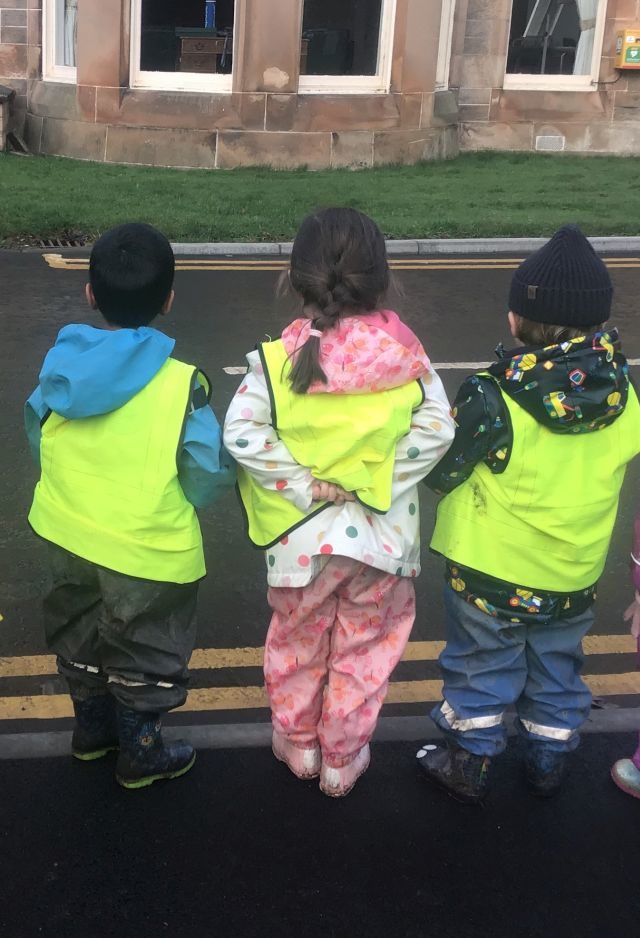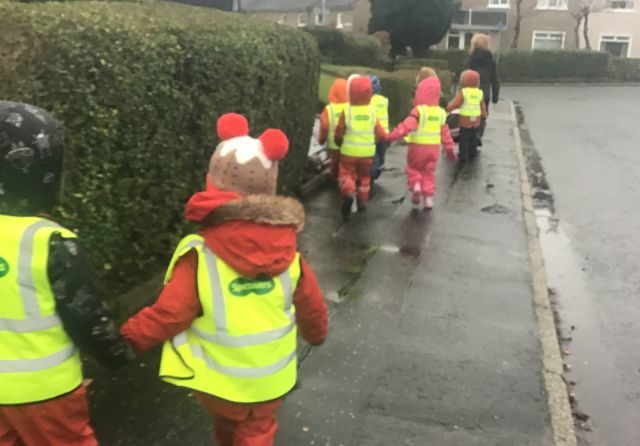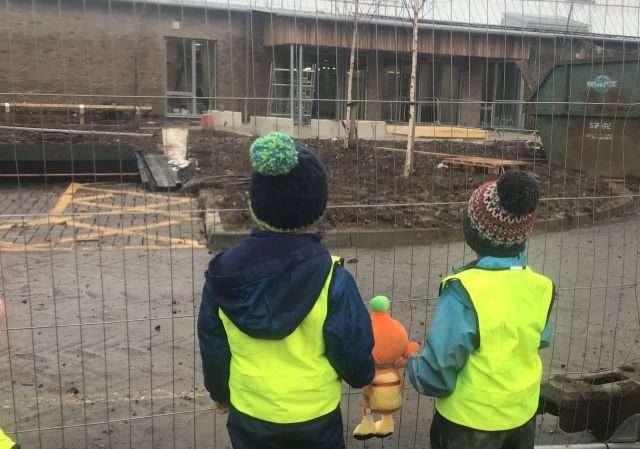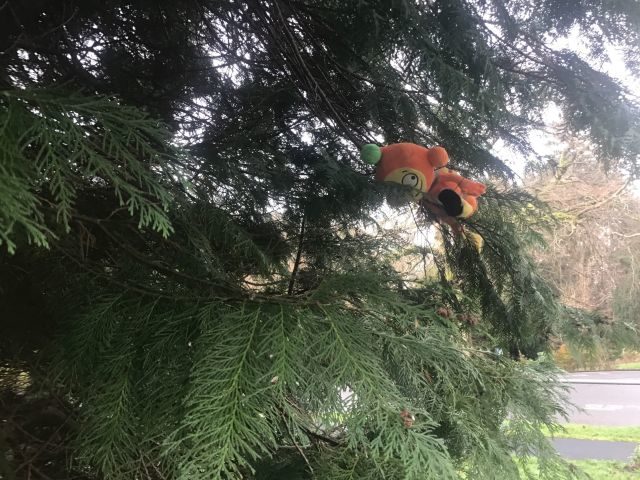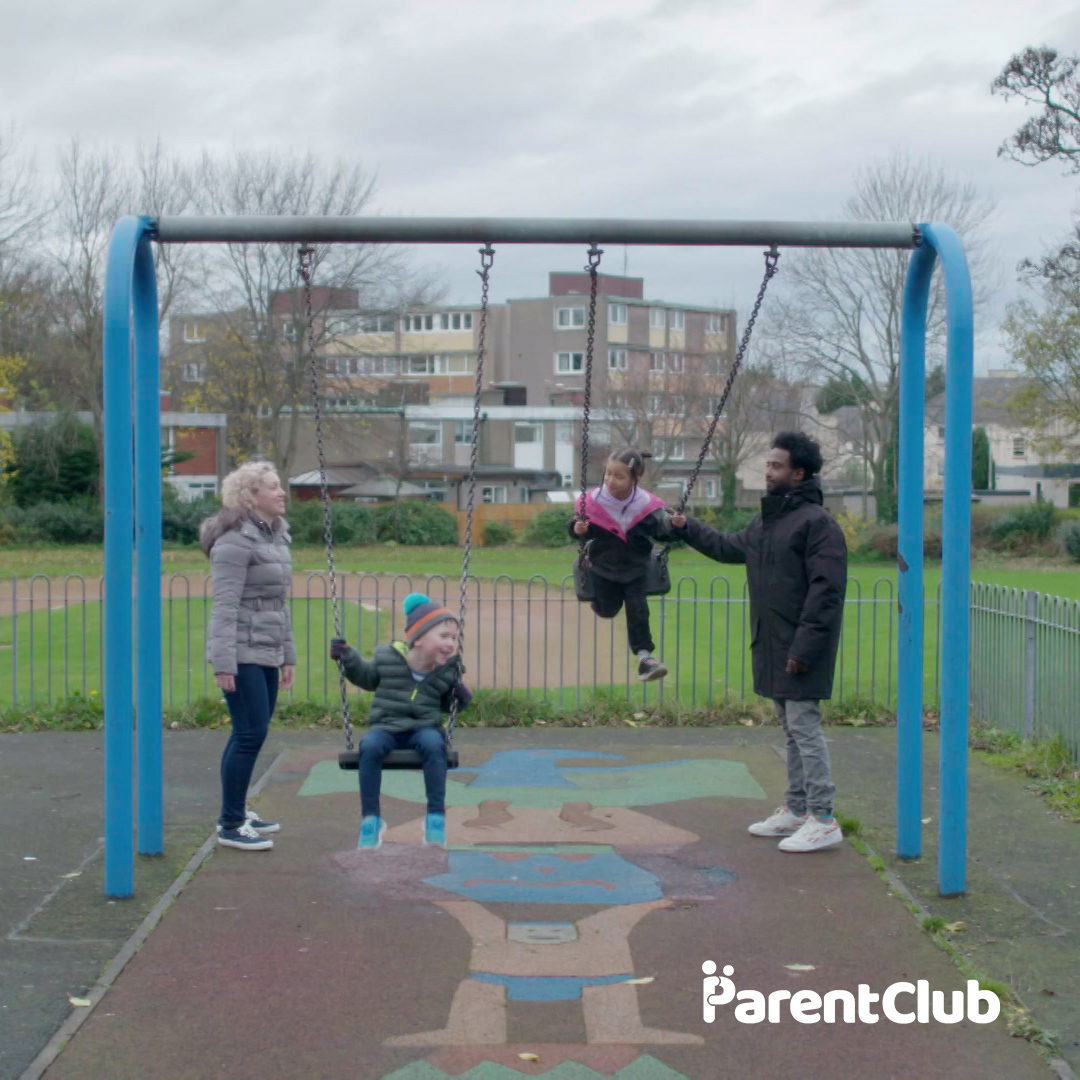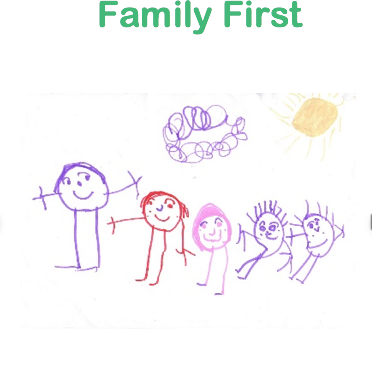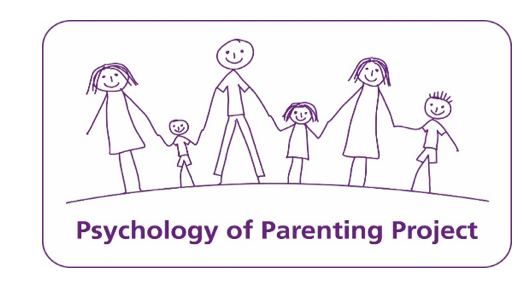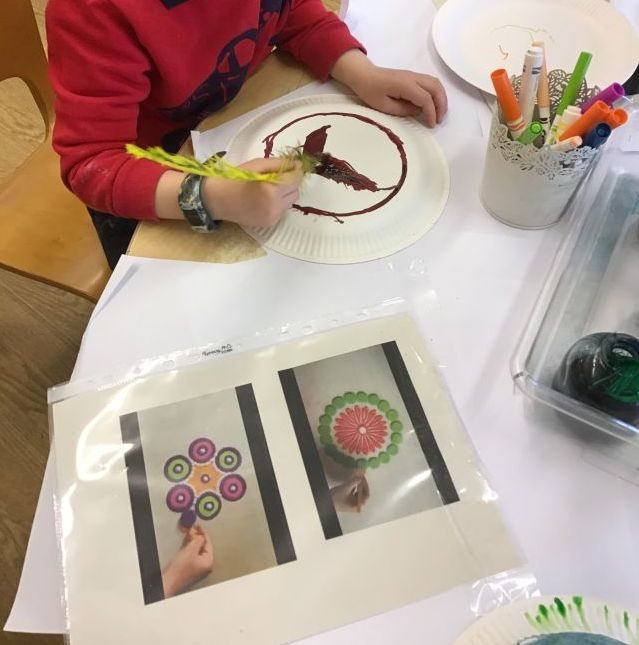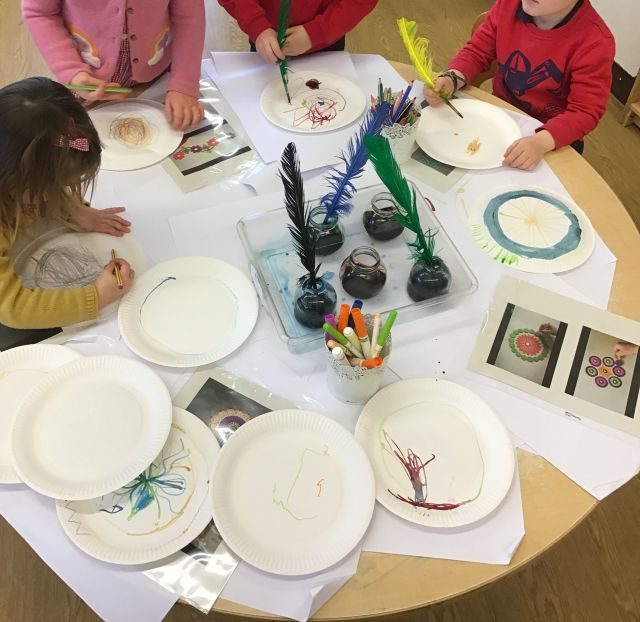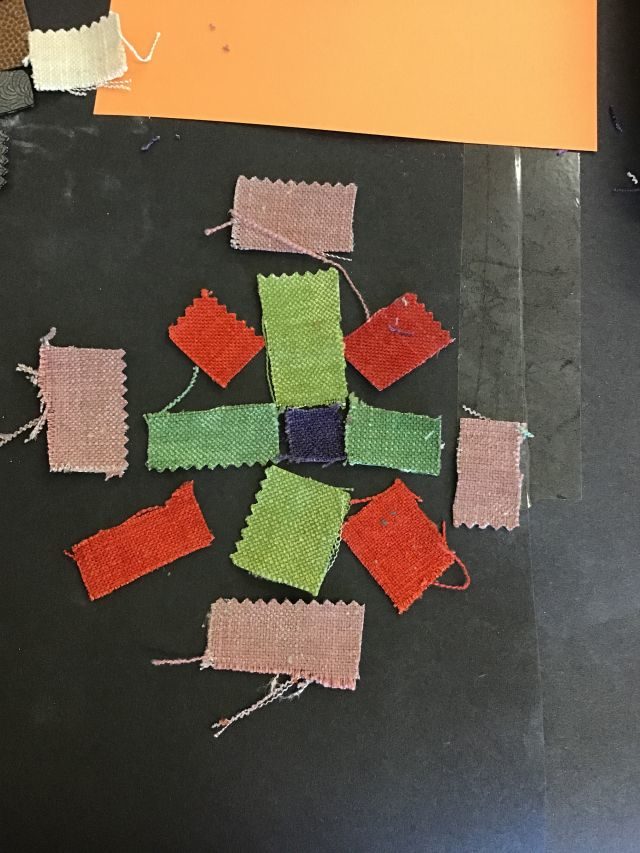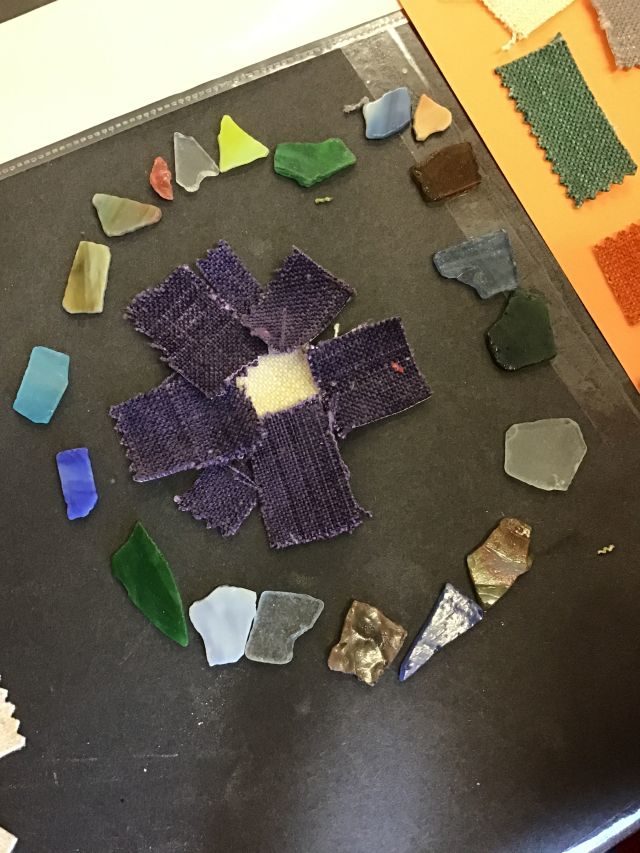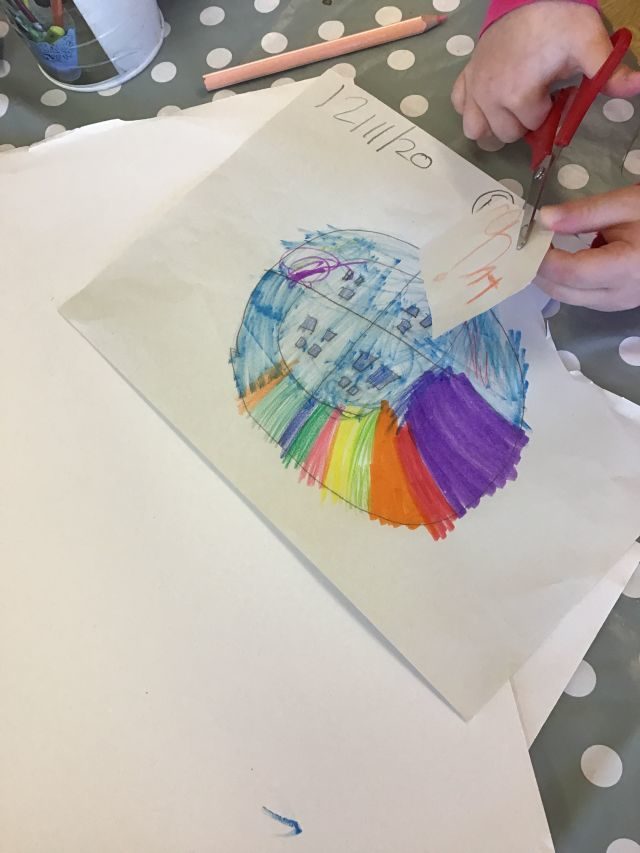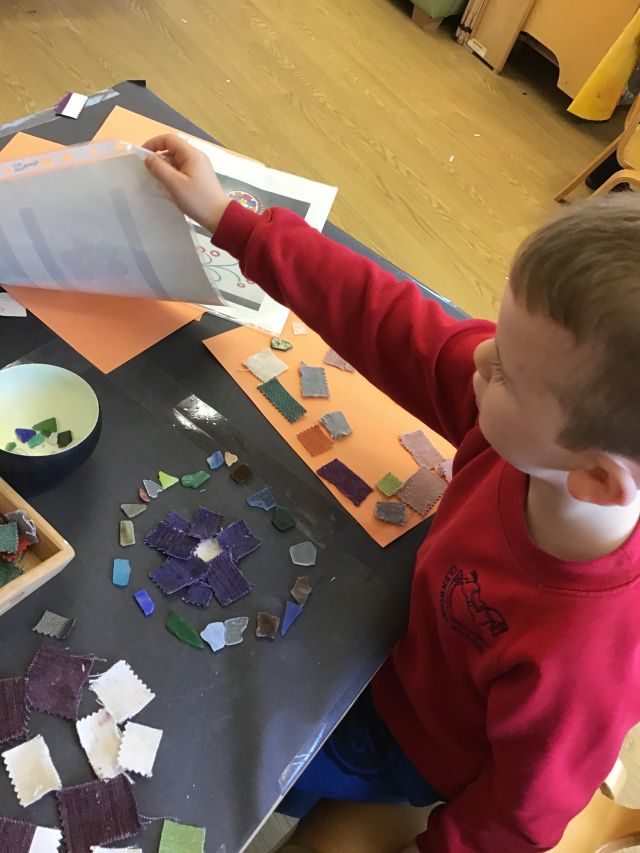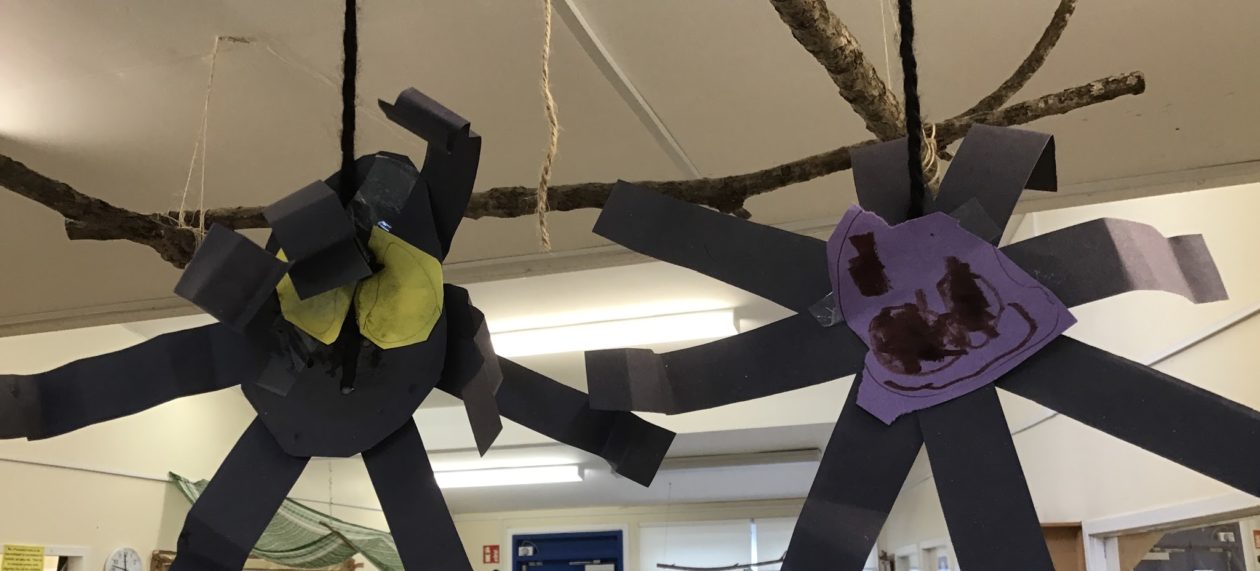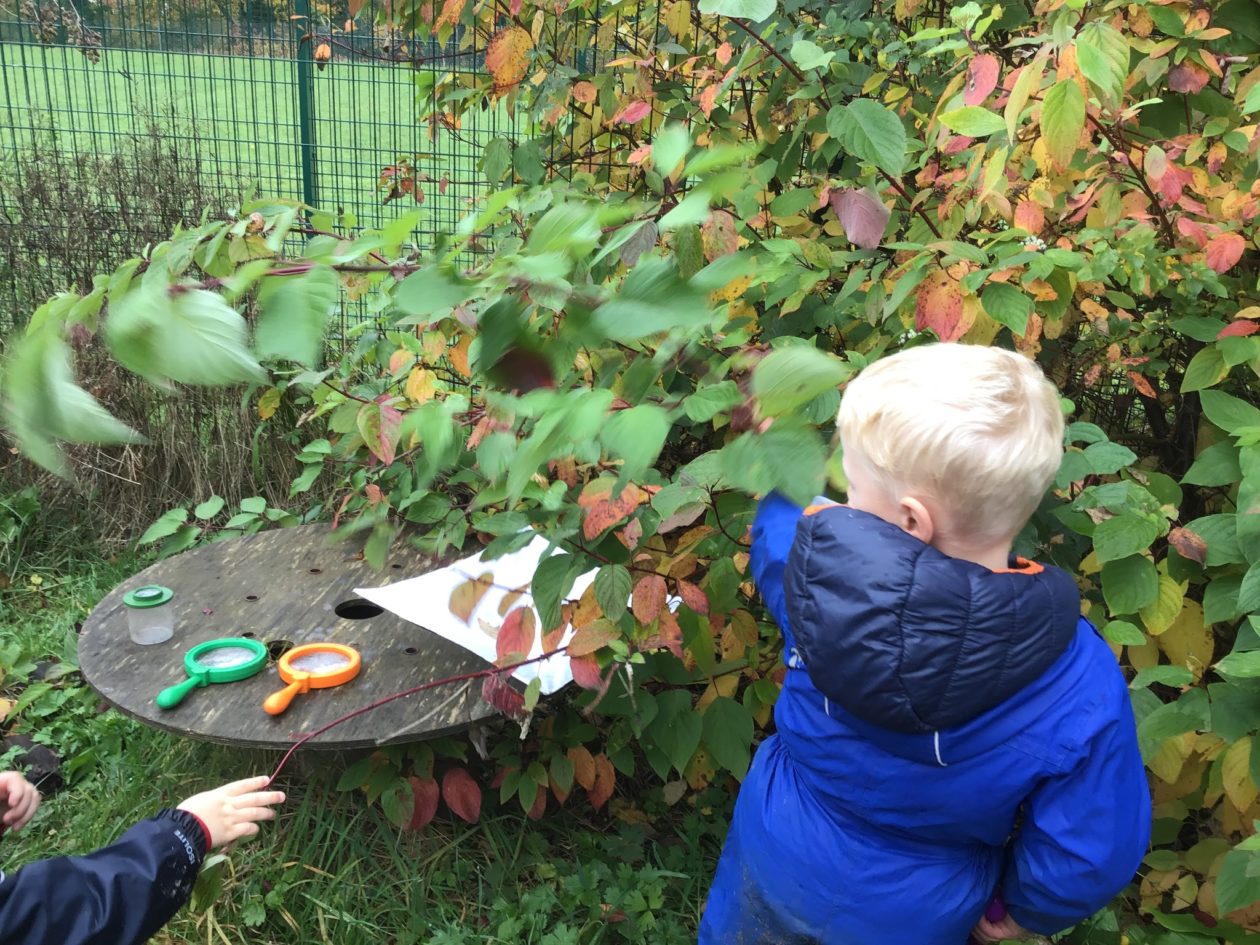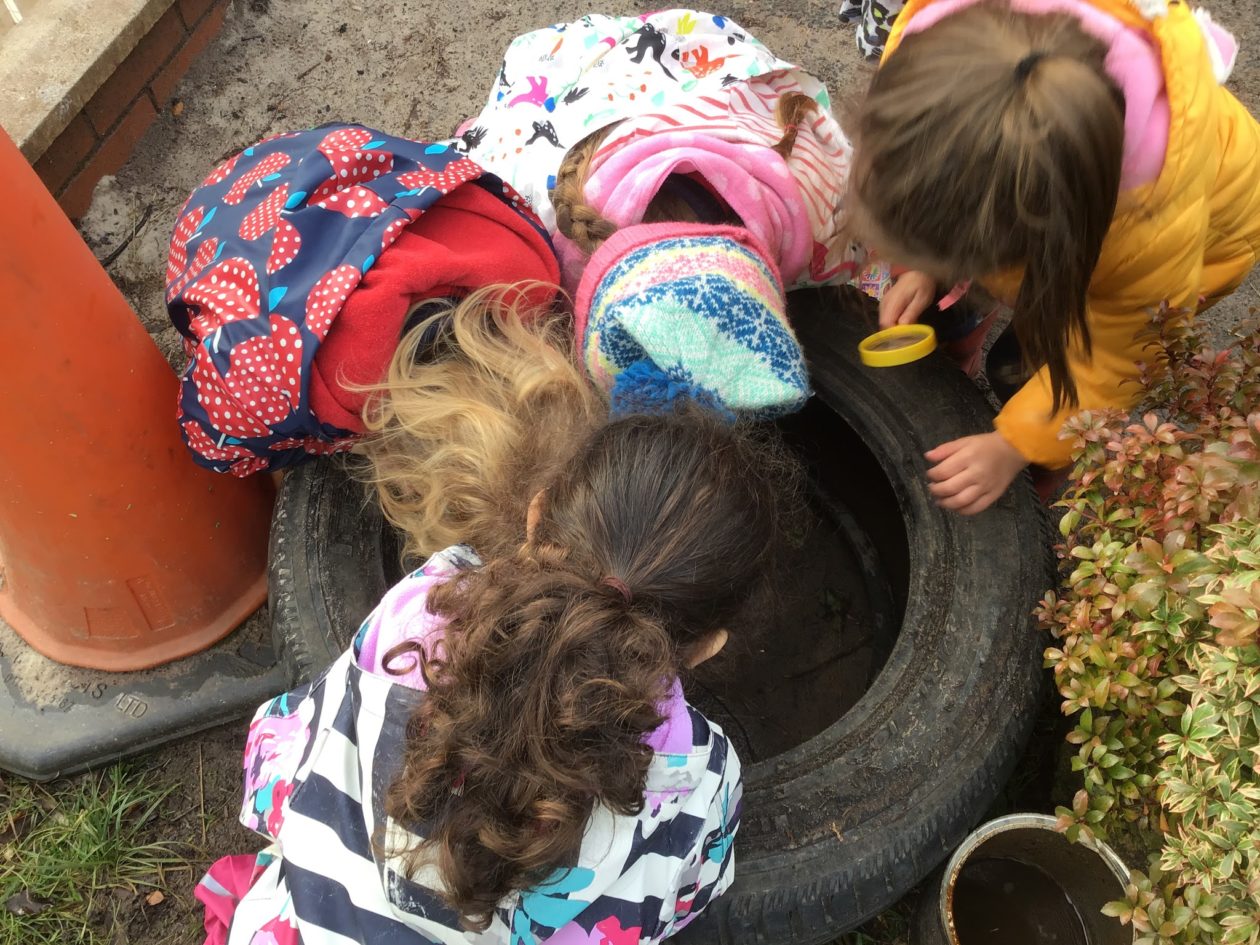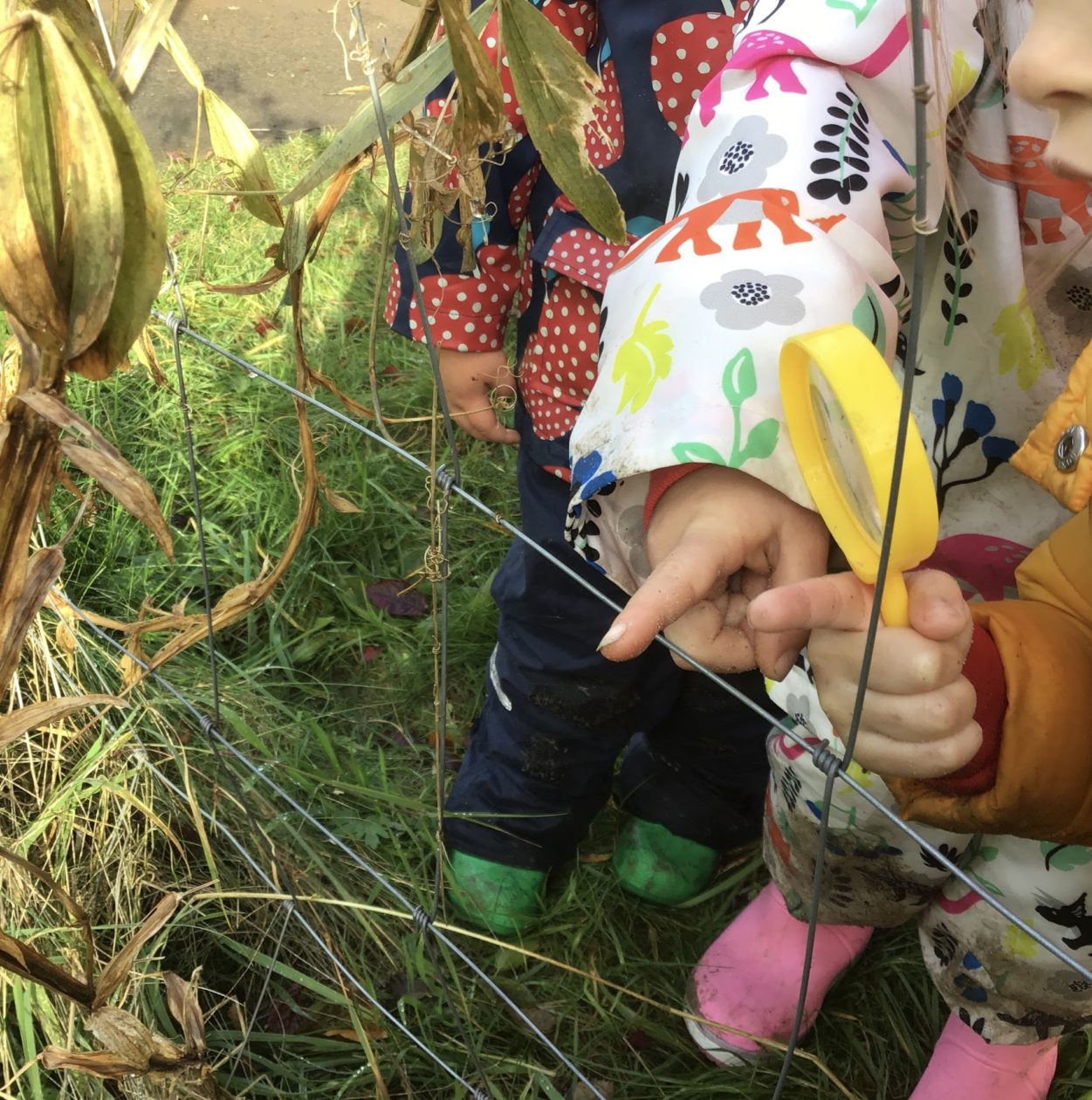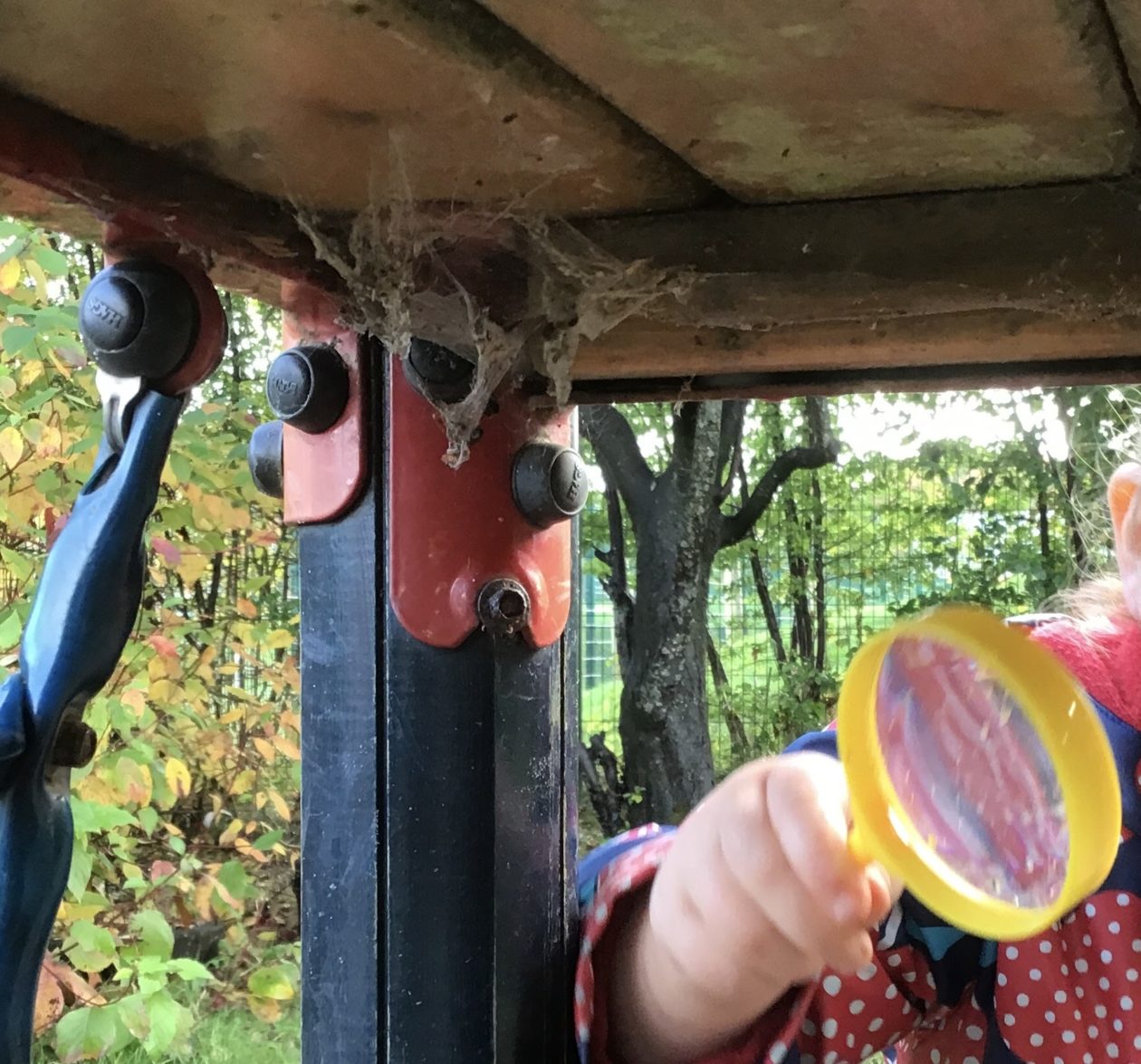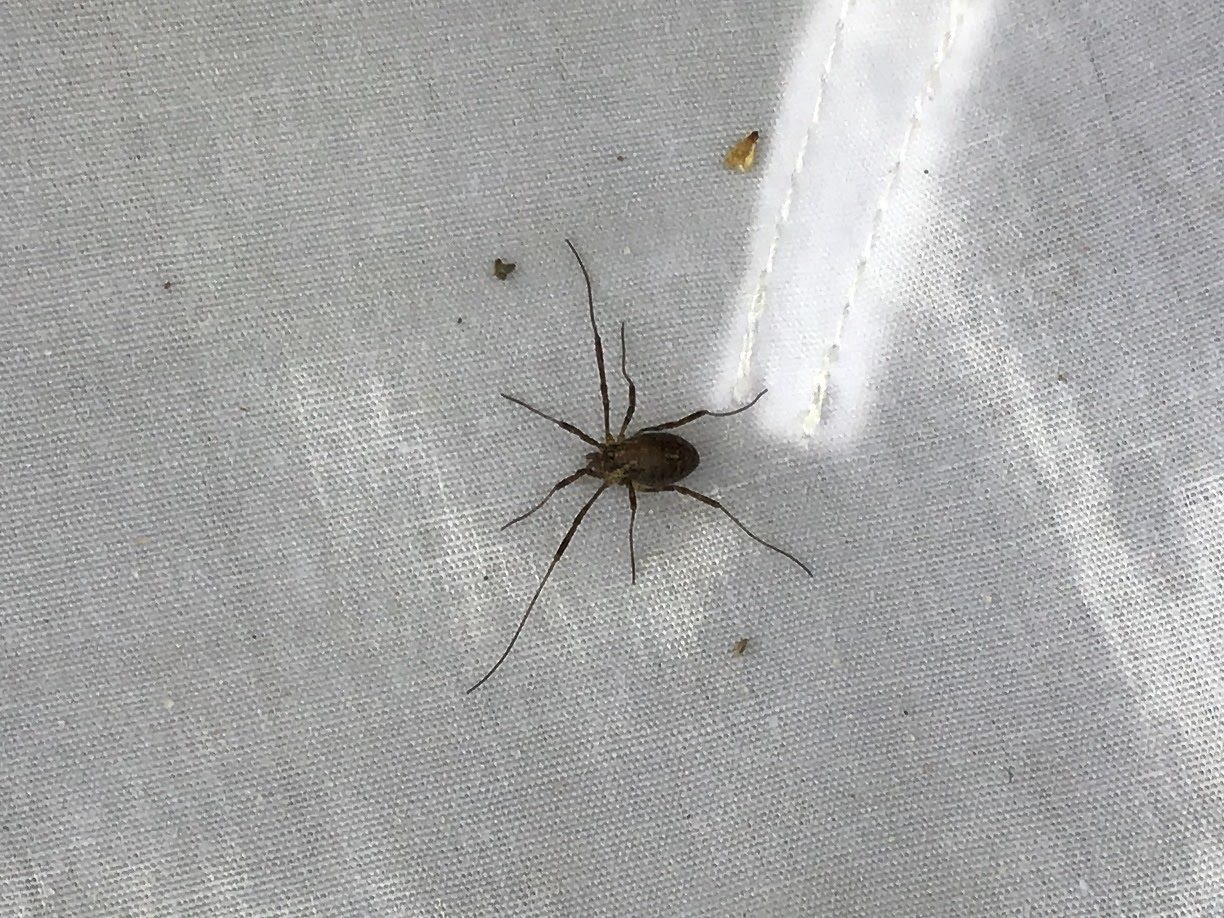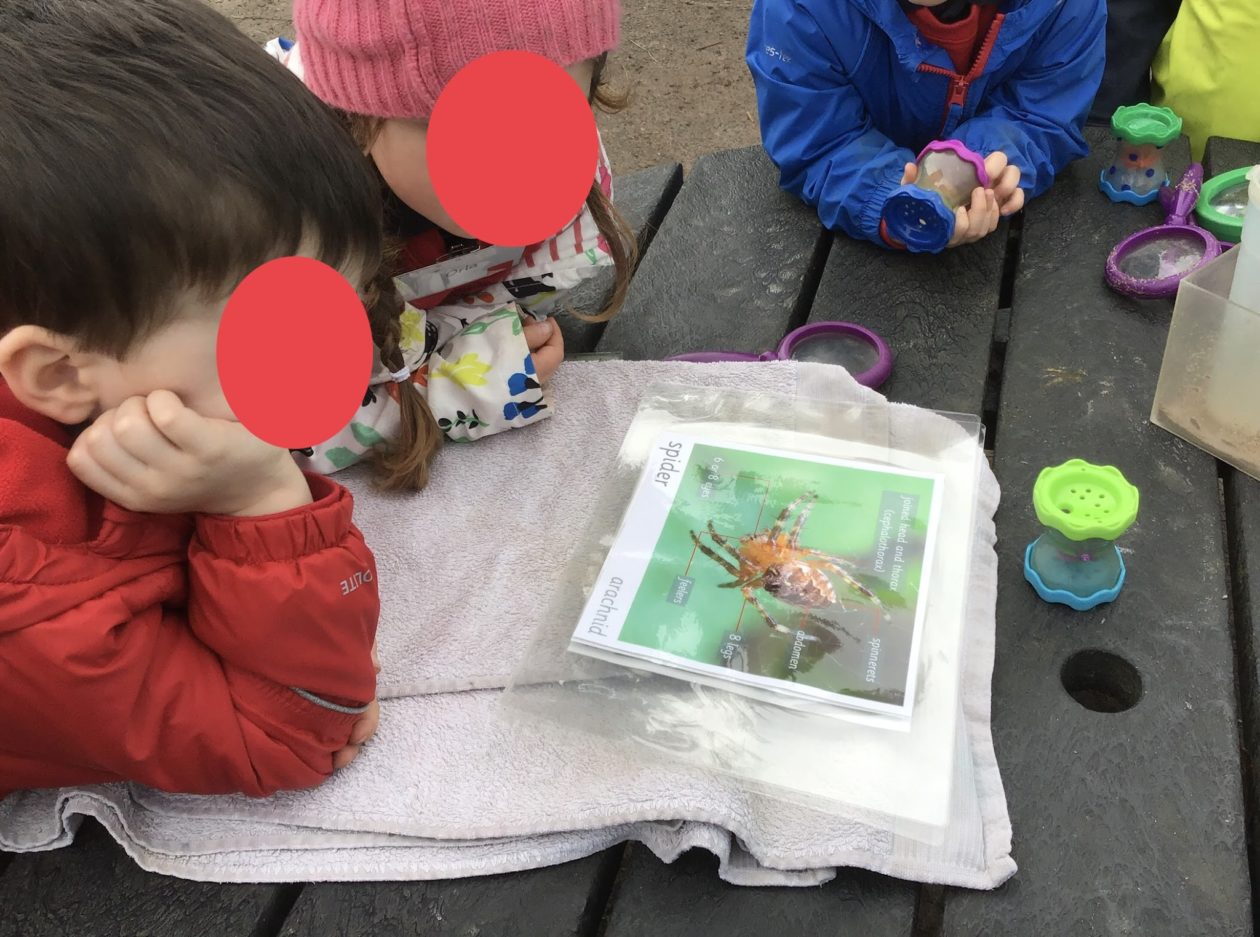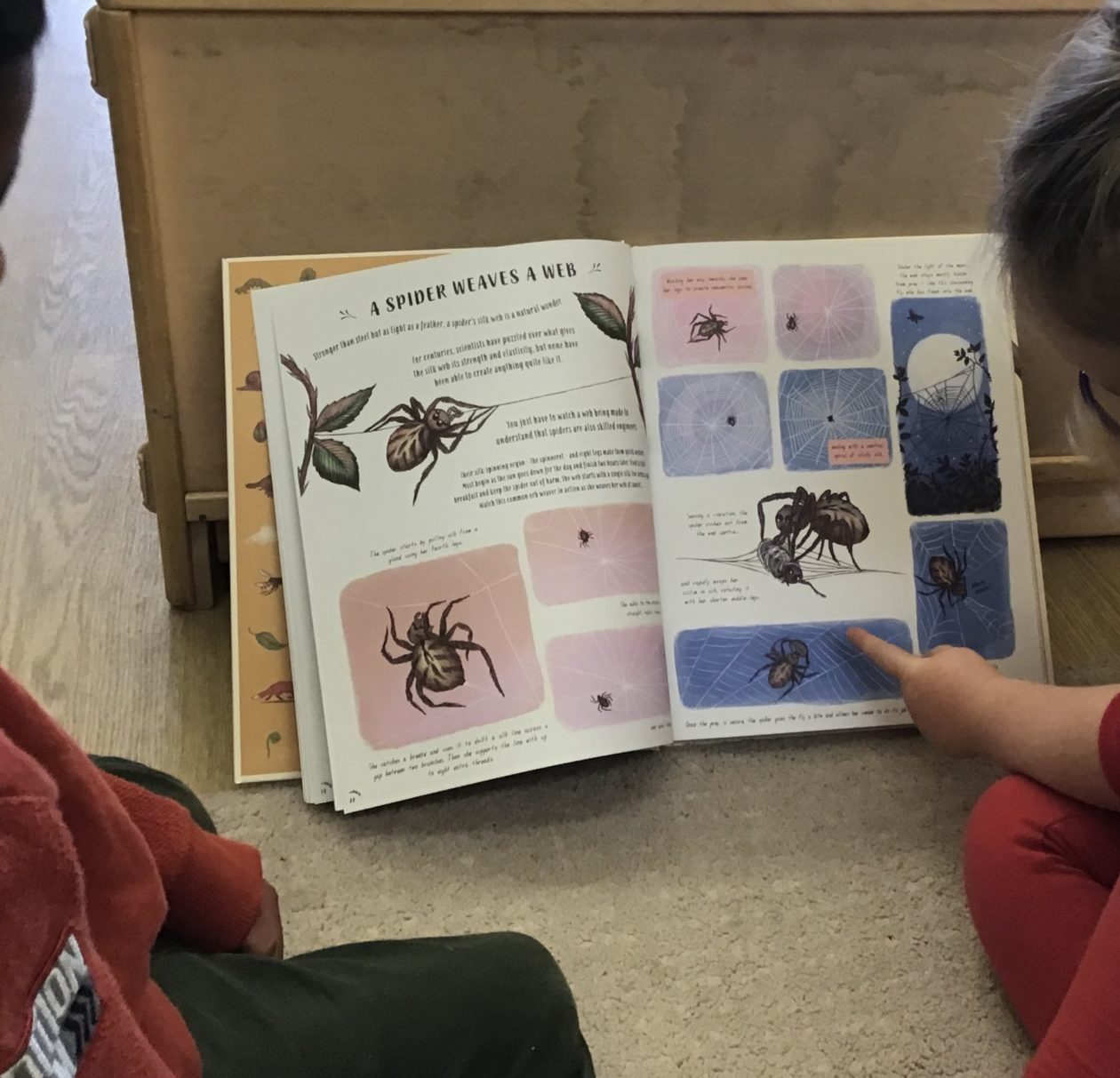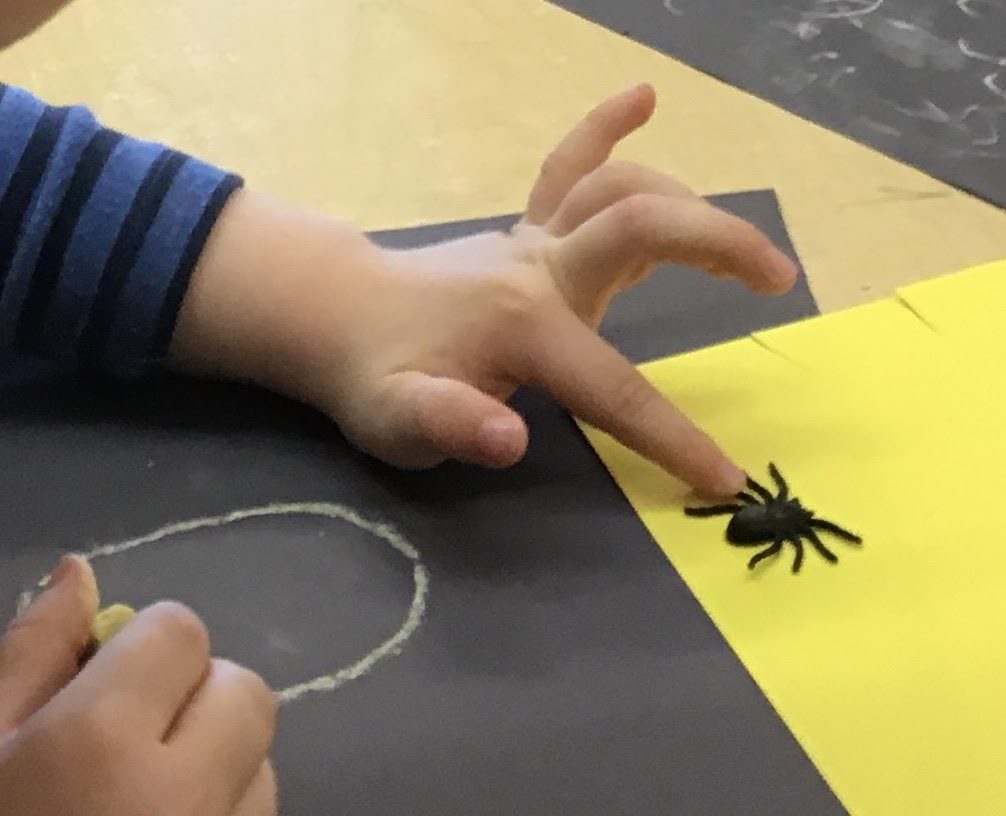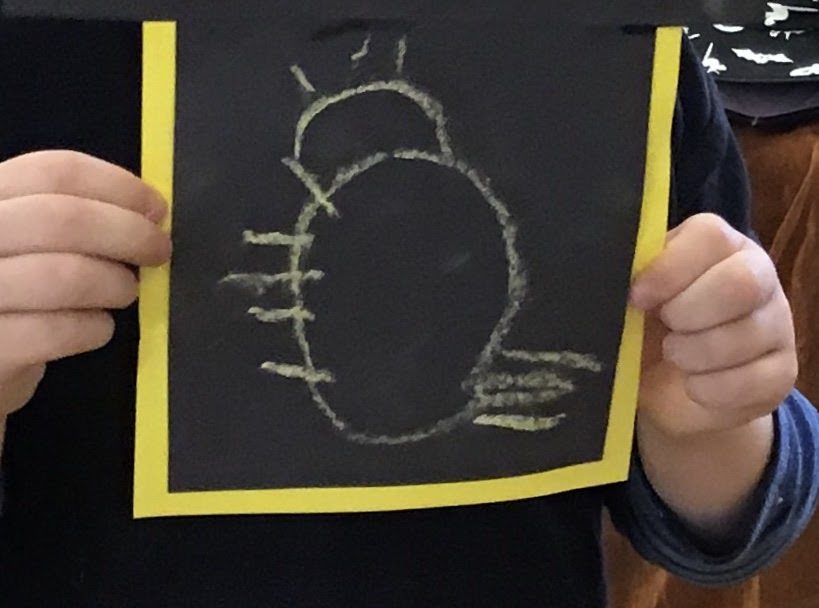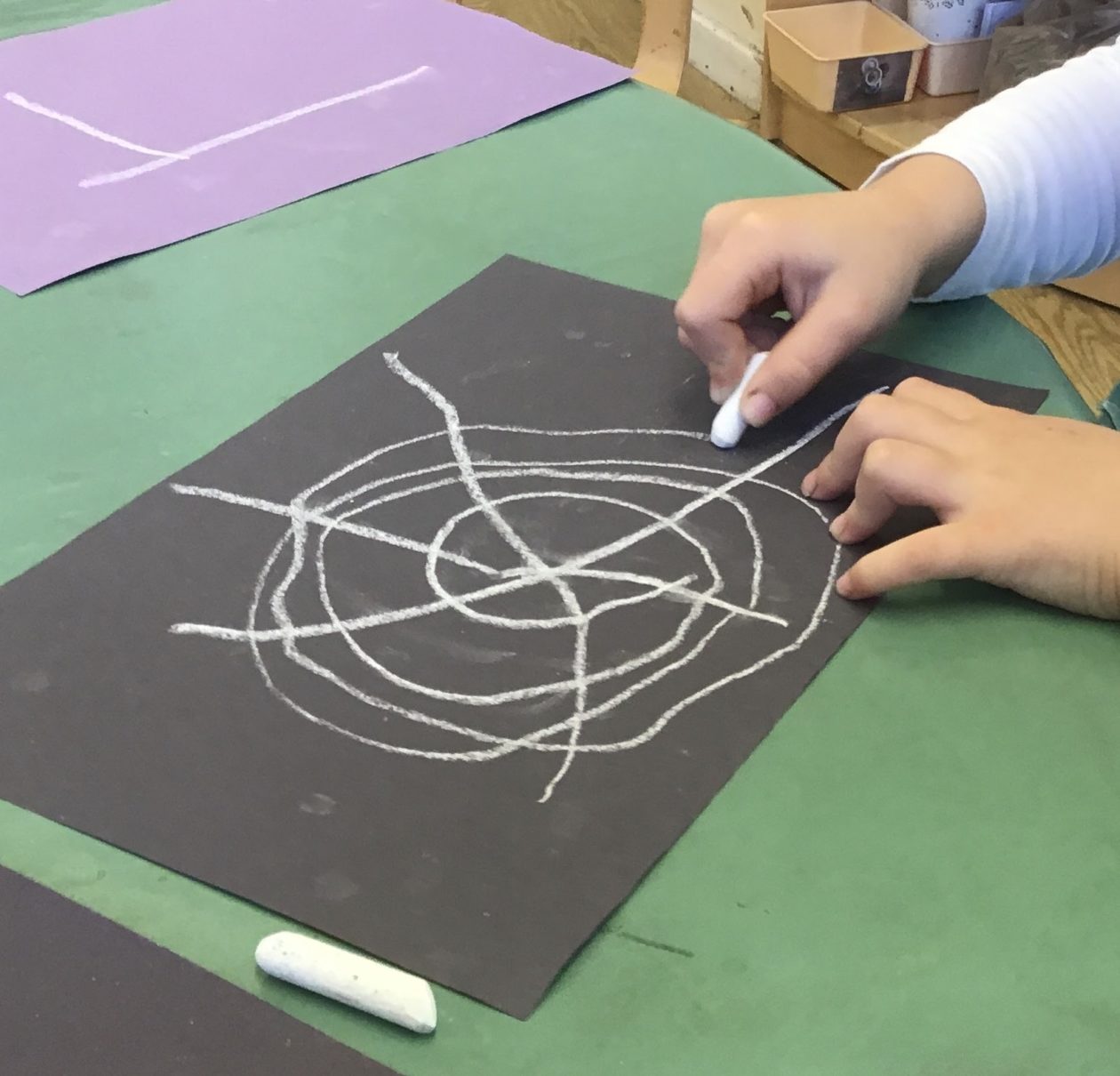
Healthy Henry likes to eat healthy food but he says it’s OK to have a treat sometimes.
As it’s Shrove Tuesday or Pancake Day, Miss Pearson would like to share her pancake recipe with you.
Miss Pearson’s Pancakes
First of all you will have to wash your hands with soap and water to make sure they are clean and dry them well. If you have an apron you can wear this as well to keep your clothes clean .
- mixing bowl
- wooden spoon
- tablespoon
- mug
- frying pan
- spatula
Ingredients:
- 1 level mug of self raising flour
- 1 level tablespoon of caster sugar
- 1 egg
- 1 cup of milk for mixing
- Oil for your pan
Method:



- Mix until smooth.
Now we can start making our pancakes.
First of all you will need to ask an adult to help you with this part as we are going to use the cooker and we have to be very careful so we don’t get burnt .
We need the frying pan to be hot.
So put a little drop of oil in the pan and wait until it is hot.
Put a spoonful of your mixture into the pan and wait for the bubbles and then turn and cook the other side.

I made 12 pancakes out of my mixture you could make big pancakes or small pancakes it is up to you.
Here are some ideas for toppings: 
- Jam
- Banana
- Butter
- Chocolate spread (but just a little)
Miss Pearson hopes you have as much fun making them as she did.

Cooking together provides us with lots of opportunities to practise our maths skills – measuring out our ingredients, talking about colours, shapes and sizes, using a timer – as well as helping develop fine motor skills – chopping, mixing, spreading – and literacy skills as we read a recipe.
Here are some other ideas for simple cooking activities:
- sandwiches
- fruit salad or fruit kebabs
- pitta bread pizzas
- vegetable soup
Let us know what you like to cook together and show us your pancakes on Twitter @GlenwoodFC #Glenwoodlearningathome















